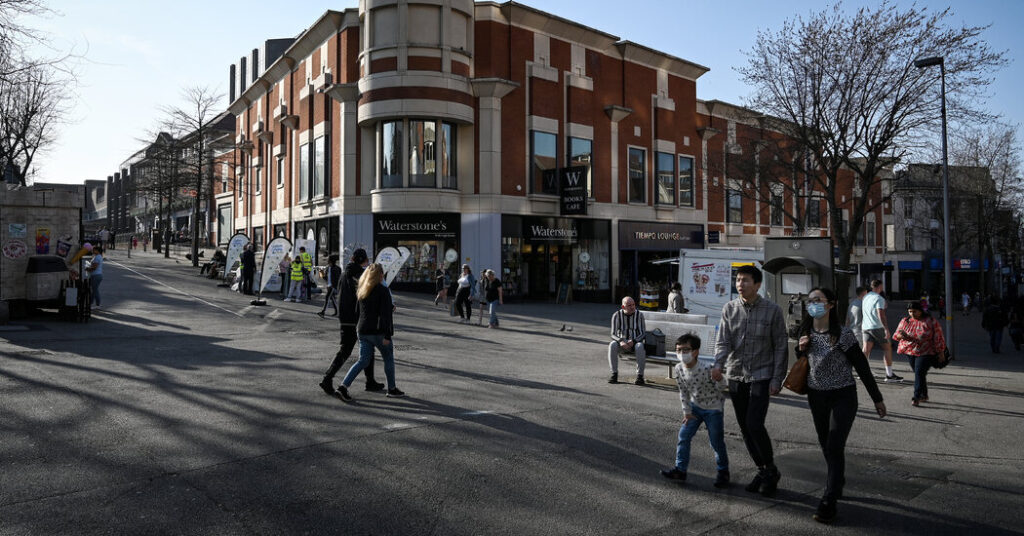Immigration into Britain has surged to a new high, according to data released on Thursday, an unwelcome record for a government that is divided internally about how to manage migration policy more than two years after Brexit gave it full control over who can legally enter the country.
The new statistics showed that net migration rose to 606,000 in 2022, underscoring the dilemma confronting Prime Minister Rishi Sunak, who faces growing political pressure to curb the number of arrivals even as he tries to revive a sluggish economy hampered by labor shortages.
Though the number was lower than many had expected, the upward trend in immigration has stirred tensions at the highest reaches of the government of Mr. Sunak, whose Conservative Party has been in power for 13 years but has failed to meet successive promises to reduce the numbers of people entering the country.
Mr. Sunak and his supporters could point to signs that the most recent figures were swelled by circumstances unlikely to be repeated: Britain admitted almost 160,000 people from Ukraine and Hong Kong in the period they cover, suggesting that a significant portion of the uplift is temporary.
When Britons voted in a referendum to leave the European Union in 2016, Brexit campaigners promised to “take back control” of the country’s frontiers, a pledge that was widely assumed to mean that immigration would fall, but the new figures show net migration is now slightly less than double its pre-Brexit peak.
The cabinet minister responsible for migration, Suella Braverman, is a hawk on the issue, and she has appeared to criticize her government’s policy on the question; last year said she wanted net migration numbers to fall below 100,000 a year.
Her comments have even raised speculation that Ms. Braverman might resign over immigration policy and try to position herself as a potential successor to Mr. Sunak if the Conservatives lose the next general election, expected to take place next year.
Beneath the political tensions lie a striking change in the profile of immigrants since post-Brexit rules came fully into force in January 2021, the date at which E.U. citizens lost the automatic right to work in Britain and faced the same visa restrictions as other nationalities.
Since then, the number of Eastern Europeans entering Britain has dwindled to a trickle while British employers have increasingly recruited from India, Nigeria, Pakistan and the Philippines, as well as other non-European nations.
Britain has also offered asylum to a significant number of refugees from Ukraine, Hong Kong and Afghanistan, prompting the increase in the numbers. Legal immigration climbed to 504,000 — its highest number before Thursday — for the 12 months between June 2021 and June 2022.
In general, opinion polls have showed the public to be less concerned about legal migration in the years after the Brexit vote, though since becoming prime minister last fall, Mr. Sunak has put a focus on tackling illegal immigration and stopping the flow of asylum seekers crossing the English Channel from France on small boats.
Alarm about rising legal immigration has been growing among lawmakers in Mr. Sunak’s Conservative Party, and when he was challenged on the issue last week, he admitted that the numbers were “too high.”
In an effort to pre-empt Thursday’s announcement, the government announced earlier this week that it would prevent thousands of international students from bringing family members with them into the country.


